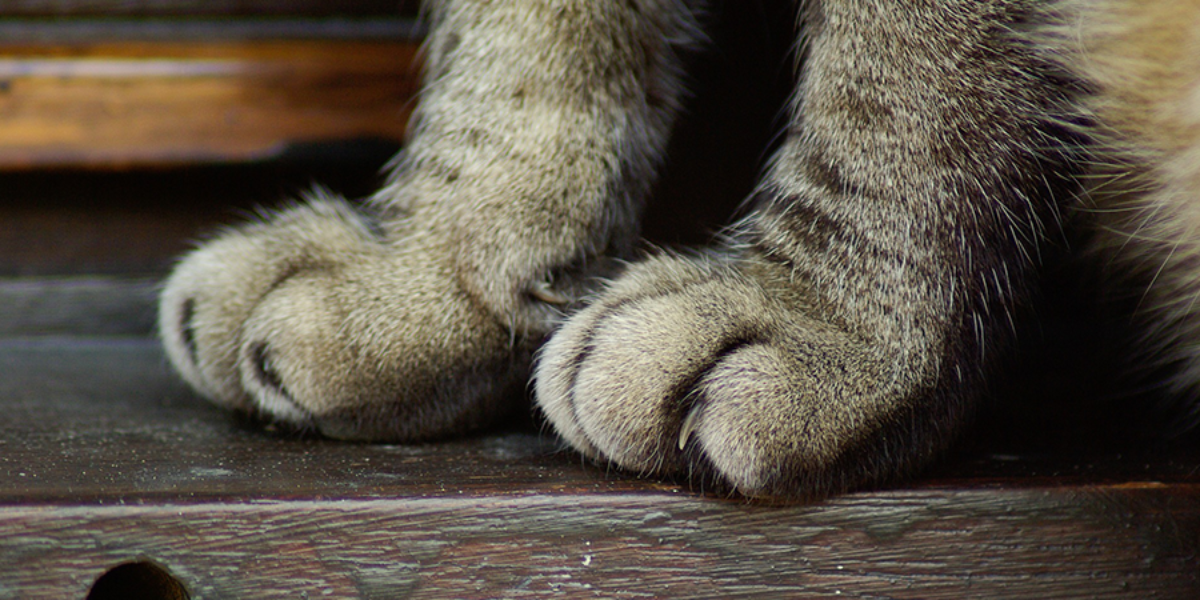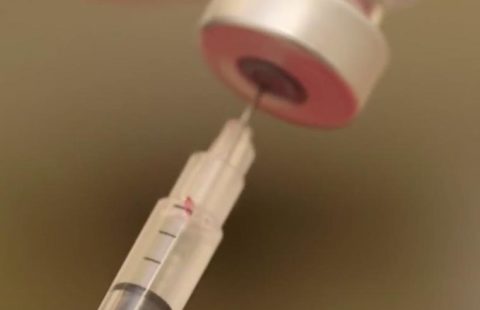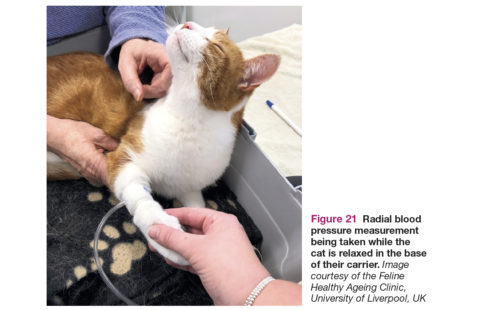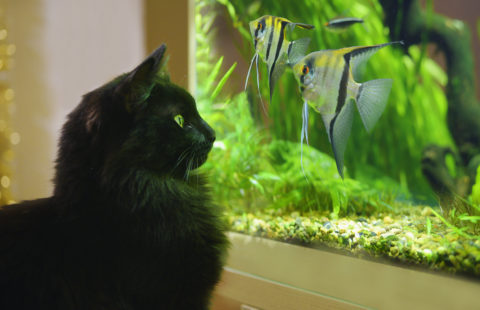Declawing has been back in the news again, with New York becoming the first US state to ban cat declawing. International Cat Care already has a clear view of declawing and considers it to be an act of mutilation and to be unethical for anything other than genuine therapeutic medical reasons. We have recently published an article in our nursing journal Feline Focus, written by veterinary technician Jenny Stanslaki from the USA, which looks in-depth at declawing and what it can mean for the cats involved. Here we summarise the article and why declawing remains unacceptable and unethical.
Scratching is part of a cat’s normal territorial behaviour and is important in maintaining claw condition. In many places in the world, declawing is seen by some as a simple solution to the problem of destructive scratching (scratching the furniture). But declawing is the amputation of toes, removal of which can lead to long-term pain and behavioural changes suggestive of reduced welfare. In many countries, it is considered unethical to declaw cats for anything other than a medical condition such as infection or cancer.
Indeed, declawing has been a controversial subject since the procedure was first used. Veterinary literature has references to declawing around the 1950s, but it did not become common practice until the 1970s. Since then, at least 41 countries have made declawing illegal including England, France, New Zealand, Germany, Switzerland and Israel. It is also outlawed in nine US cities (New York is the first state to ban it) and some Canadian provinces but is still routinely performed in North America, with an estimated 25% of the feline population being declawed.
Two surgical procedures are performed to decrease scratching. The first is declawing itself (its medical name is onychectomy) which can be done using a sterilised nail trimmer, a surgical laser or a scalpel blade. The second is a surgery which prevents the cat from retracting its claws (this is called deep digital flexor tendonectomy) and involves cutting of the tendons which affect the cat’s ability to pull the claws back into their sheaths. This second method allows the cat to keep its claws. However, it prevents the cat from scratching which normally removes the outer sheaths of the nail and allows the sharper fresh point to be used. This can then mean that claws are not used properly and can become overgrown, thus requiring the need for clipping.
However, even with the removal of the claws, the urge to scratch is not decreased in declawed cats. There is also concern about chronic pain or discomfort from the procedure, as well as the impact of removing a defence mechanism from the cat. Declawing is a painful procedure (imagine having the top bone of your finger cut off to the first part which bends) that can have short-term and long-term effects including neuropathic pain (pain caused by damage affecting the nervous system), infection, inflammation, chewing the toes and nail regrowth.
Identifying pain in cats can be difficult as behaviour changes associated with pain are often subtle. Cats can manifest pain in a wide variety of forms, including but not limited to inappropriate elimination (urinating or defecating not in the litter tray), flinching, increased body tension, excessive licking or chewing of the fur and other abnormal behaviours. Sometimes cats are reluctant to put weight on the declawed limb and can even be reluctant to move.
Studies have looked at the development of back pain and other undesirable behaviour and found declawed cats had significantly more problems than non-declawed controls. The study also found that if surgery was not done well, small bone fragments were left behind which were likely to cause more risk of back pain, inappropriate elimination, biting, aggression and chewing of the fur, presumably because they caused pain. The authors of the study propose that persistent pain and discomfort after declawing leads to high risks of behaviour changes such as biting, aggression, chewing the fur and inappropriate elimination.
Declawing is often undertaken because it is considered beneficial for the cat from a human perspective (if that can be argued!) – it removes the ability to cause damage by scratching and reduces rehoming and euthanasia which comes about because of such scratching. However, as we have seen, it may actually increase the chances of behaviours such as aggression and biting which ultimately lead to rehoming or euthanasia.
International Cat Care is clear that declawing should not take place for anything other than genuine therapeutic medical reasons.
Recognising pain in cats
Cats manifest pain in a wide variety of forms, including, but not limited to, inappropriate elimination, flinching, increased body tension, excessive licking or chewing of fur.
Cats also demonstrate pain and discomfort by biting, hiding, lack of interaction and aggressive behaviours such as biting and house-soiling.
Common acute clinical signs of pain following a declaw include:
- ‘guarding’ posture
- reluctance to bear weight on the declawed limb
- reluctance to move
How to stop destructive scratching behaviour
Prevention of scratching behaviour which causes damage to furniture, etc, is easiest when training a new kitten or newly adopted adult cat. Cats that have already established a preferred location for scratching will need to have training and management to help them change location.
The key to successful training is identifying the cat’s preferred scratching surface. Some cats prefer carpet, others sisal rope, corrugated cardboard, wood logs or leather.
Management techniques should be used when the cat is being trained. Some common strategies include:
- furniture protectors or covers
- decreasing access to the area(s)
- use of synthetic pheromones
- tin foil wraps
- double-sided sticky tape
- bubble wrap
- make appropriate scratching facilities more desirable, eg, changing the location of scratching facilities, encouraging their use through play and catnip on and near the scratching facility.
The goal is to make the surface undesirable for the cat to scratch and to train the cat to use the areas acceptable to the humans they live with. Management techniques only need to be used during the training process and can be stopped once the cat has successfully been transitioned to the designated areas. Increasing environmental enrichment may help to reduce or stop destructive scratching as it can also be a displacement behaviour for over-arousal, anxiety or frustration.
Training cats to accept regular and frequent nail trimming can be undertaken using positive reinforcement.
Key point
Positive reinforcement should be used throughout training. Punishment, such as shouting or spraying the cat with water, should be avoided since this will likely just frighten the cat and harm the human-animal bond.
Useful links:
International Cat Care’s position statement on declawing
International Cat Care’s information on indoor scratching of furniture






